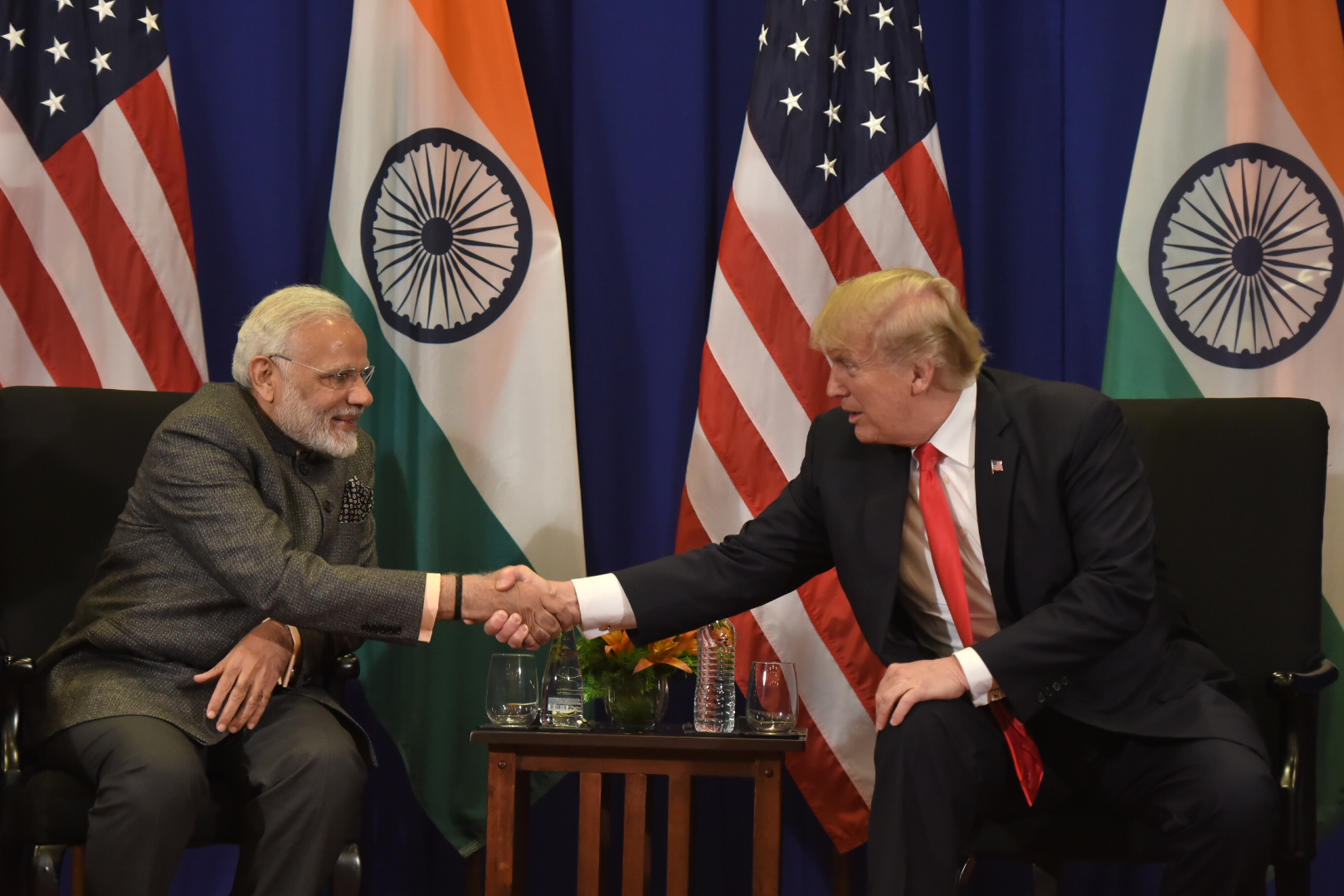
by Gaurav Kumar 26 June 2022
The Indo-Pacific region has emerged as a new pivot point in the present global order. The Indo-Pacific counts from the tropical water of the Indian Ocean to the eastern side of the Pacific sea. Though the Circumference has its geographical and economical values , the recent aggressiveness of PRC (China) has highlighted its strategic values. Indo-Pacific democracies like Australia, Indonesia and India or even smaller countries want to see this region freehand, open, connected and resilient.
Importance of the region
Economically, the Indo-Pacific is a focal point of worldwide exchange and business, and hence a possible area of financial flourishing for the nations in the locale. It represents 65% of the total populace, 63% of the world’s GDP, and 46 percent of the world’s product trade. The locale likewise rules 50% of the world’s oceanic trade. Additionally, the Indo-Pacific is home to probably the most different worldwide centre of the world.
Security Cooperation
The Indo-Pacific has arisen as a conspicuous geostrategic scene as of late, particularly considering China’s developing presence in the locale. The locale has seen the multiplication of multilateral and minilateral stages for collaboration and discourse among different partners, like the Quadrilateral security exchange (Quad) of India, the US, Australia, and Japan; the India-Australia-Japan and the India-Indonesia-Australia trilaterals.
Environmental Concerns
The countries in the Indo-Pacific have been the victims of various Natural and anthropogenic disasters. The necessity to expand the scope of environmental governance to include risk mitigation or rehabilitation measures in response to disasters like oil spills or chemical leaks into the high seas has been brought to light by several occurrences over the previous two years.
Why US Concerns
US considers itself as an Indo-Pacific power.US want to maintain its hegemony in the region .Recent Chinese aggressiveness in the region is putting America to calibrate its allies in the region. The Second World War served as a reminder to the United States that only by having a secure Asia could we have a safe nation.
In February 2022, US introduced its New Indo-Pacific Strategy called declassified strategy document for the Indo-Pacific. The document underscores the “strategic necessity” of the American role in the region as the Indo-Pacific is vital to our security and prosperity. The United States will prioritise five goals in the Indo-Pacific region—each in conjunction with our allies, partners, and regional institutions. The main goals of the Indo-Pacific Strategy(IPS)are the following-Ensuring unimpeded commerce, creation of a free and open order in the Indo-Pacific and most importantly countering the aggressive behaviour of China.
India’s role
The document finds India is the prime ally in the region. Emphasizing the importance of India Assistant Secretary of State for the bureau of east and pacific affairs Daniel Kritnbrik and Donald lu Said that “India is more than just a partner.We work more closely with India on a daily basis than any country in the region”.
US continue to support India’s rise and regional leadership.US want to explore more drivers to work with India bilaterally and through groups on the ranges of the issues.US referred India as a “like-minded partner” and “driving force” in the QUAD. China’s action along the line of actual control has had a galvanising impact on India and US alignment. In January 2015 New-Delhi and Washington D.C recognized the growing importance of the maritime domain and issued a joint vision for the “Asia-Pacific & the Indian Ocean region”.
Modi shringla dialogue 2018 comment clarified the geographical definition of the Indo-Pacific ,from the shores of Africa to America”. There is a need to acknowledge and recognize the difference in priorities, threats and regional dynamics for each of the Indo-Pacific partners, like Australia and Japan are more concerned with pacific region security while France wants to maintain its free movement in Western Indian Ocean. The U.S.A. is concerned for the Indian Ocean.
Challenges
One of the important but weakening areas of mutual growth is trade & economics. Both countries find themselves outside of two emerging regional economic articles. United States from Trans Pacific Partnership (TPP) and India from Regional Comprehensive Economic Partnership (RCEP), both countries’ leaders rationalised their decisions by pointing to domestic concerns.
Conclusions
The Biden organization will turn into the fourth administration to proceed with this way of union. However, as the United States and India look to open a new chapter in their bilateral cooperation in this region, they will need to grapple with serious d differences of opinion that will shape not just the trajectory of this deepening partnership, but the wider region as well. India finds a good role in the document U.S. envisages to continue to build a strategic partnership in which the United-States and India work together regional groupings to promote stability in “South -Asia”.
